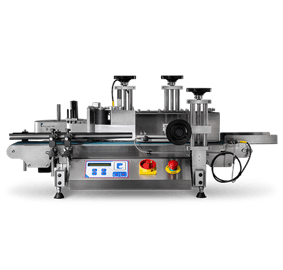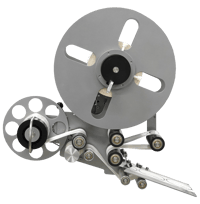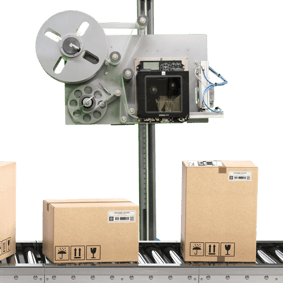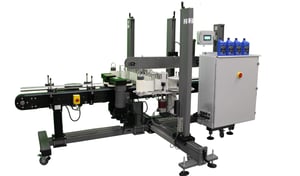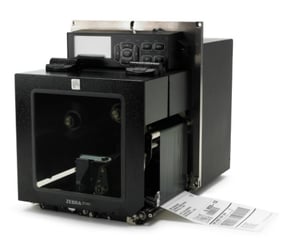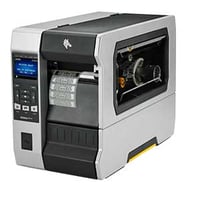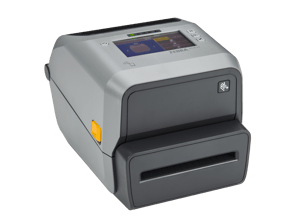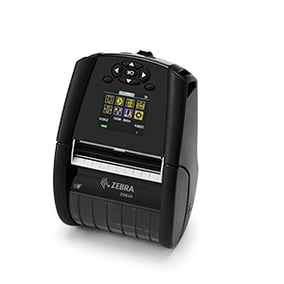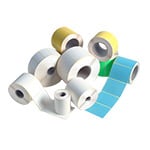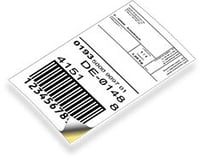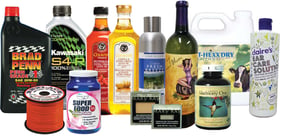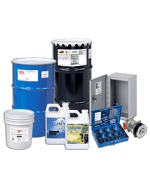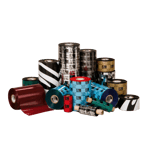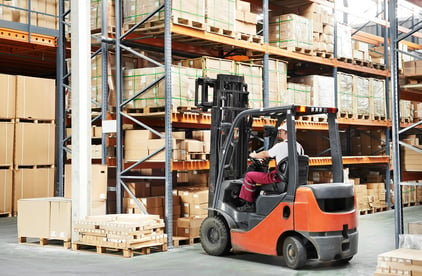GHS Labeling FAQ: Labeling Hazardous Chemicals
LabelPack Automation
Mar 31, 2016 4:49:38 AM
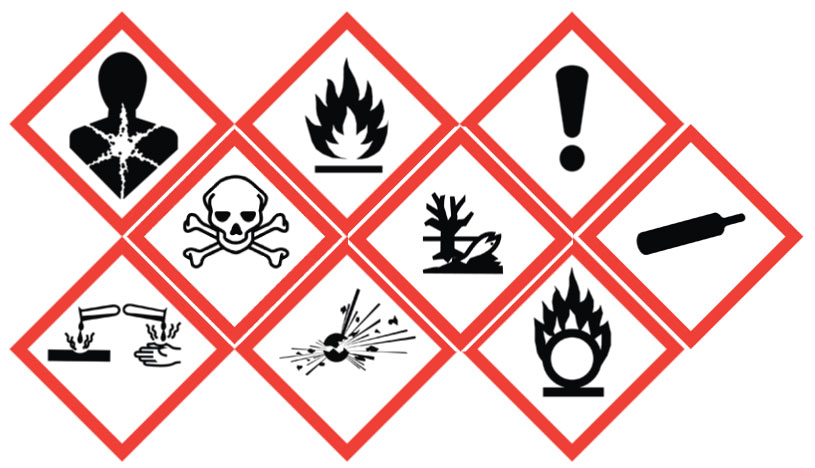
What Are the Expected Benefits of GHS Labeling Requirements?
The new standard covers over 43 million workers who produce or handle hazardous chemicals in more than five million workplaces across the country. The modification is expected to prevent over 500 workplace injuries and illnesses as well as 43 fatalities annually.
There are also economic benefits tied to GHS labeling requirements. OSHA estimates American businesses will save $475 million in productivity improvements, label update improvements, and simpler training.
What Other Countries Have Adopted GHS Labeling?
65 countries worldwide have adopted GHS labeling requirements. They include:- Canada
- The European Union
- China
- Australia
- Japan
However, it is important to note that these countries have not adopted the same set of GHS standards. Instead, they have implemented chosen elements of the GHS. This building block approach has enabled each country or region to choose the hazard classes and categories to implement.
What Are the Key Labeling Requirements of the New System?
Under the new standard, each label for hazardous chemicals must include:- Product Identifier(s): This can be, but is not limited to, the chemical name, code number, or batch number.
- Supplier Identification: Name, address, and phone number of the responsible supplier.
- Precautionary Statement(s): Recommended measures to minimize or prevent adverse effects resulting from exposure to the hazardous chemical or improper storage/handling. There are four types of these statements: prevention, response, disposal, and storage.
- Pictograms: OSHA has developed a set of nine hazard pictograms. Each pictogram consists of a symbol on a white background framed within a red border and represents a distinct hazard(s). The pictogram on the label is determined by the chemical hazard classification.
- Signal Word(s): Only “Danger” or “Warning” should be used. “Danger” covers severe hazards, whereas “Warning” covers the less severe material.
- Hazard Statement(s): The nature of the hazard (e.g. “Causes damage to kidneys through prolonged or repeated exposure when absorbed through the skin.”)
How Can LabelPack Automation Help with GHS Labeling?
LabelPack Automation has recently been certified for the sales and service of cab printers. The cab’s XC series includes excellent thermal transfer printers that are ideal for most print-and-apply solutions for hazardous chemicals. The series meets all requirements for the classification and labeling of hazardous chemicals as outlined by the GHS. The cab XC4 thermal printer produces high-quality labels up to 105.6mm and the XC6 produces print widths up to 162.6mm. Both options print in resolutions up to 300 dpi and print at speeds of 125 mm/s.LabelPack is also a Zebra Certified Partner and offers the complete line of Zebra desktop industrial and mobile printers. Zebra printers also produce chemical identification labels that meet GHS labeling standards. They offer a host of pre-printed and customizable solutions for pictograms and statements. LPA also offers on-site and depot repair for all Zebra products. This means your labels will be reliable, accurate, and GHS labeling compliant.
Do you need a custom solution to satisfy the GHS labeling requirements for hazardous waste? Contact us today if you’d like more information on the GHS and its impact on your operations. We will provide the highest quality products and exceptional service tailored to your company’s needs.

